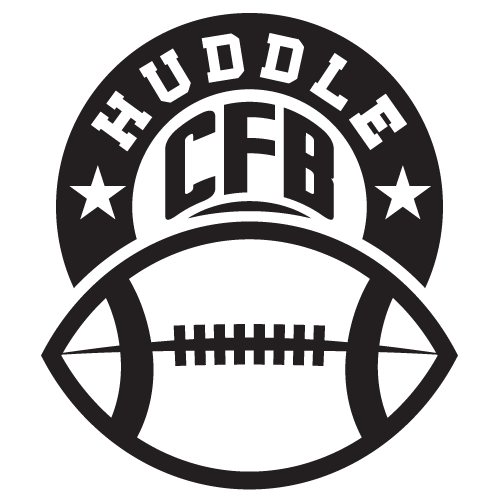Establishing a flourishing football program presents a challenge at an established Basketball School. That’s the kind of stigma UConn football must overcome to make a compelling case for Big 12 Conference expansion.
Make no mistake, adding Connecticut basketball — men’s or women’s — to a league that already features several bonafide hardwood powerhouses improves the Big 12’s cachet. But the gridiron has and will continue to dictate the terms of realignment.
To that end, UConn may not be as far from being a spiritual fit as one might assume.
Before last year, UConn football was Randy Edsall. Edsall’s tenure at Maryland may have ended abruptly amid 41/2 seasons of disappointment, but the Huskies overachieved repeatedly in his time at Connecticut. He led the transition from Div. I-AA to I-A and won almost immediately, thriving with Dan Orlovsky at quarterback in the early days.
UConn’s still never had a quarterback as good as Orlovsky, but the Huskies were competitive in the Big East under Edsall, with the culmination coming in a conference title in 2010.
Bob Diaco inherited a mess when he took the reins from Paul Pasqualoni in 2014. After winning the Big East Conference title and representing the league in the 2011 Fiesta Bowl Edsall’s final season, UConn football summarily went 5-7, 5-7 then 3-9 in a 2013 campaign that saw Pasqualoni ousted at 0-4.
Diaco’s youthful exuberance and fiery personality put the Huskies back on course in short order, last year handing Houston its sole defeat and reaching a bowl game for the first time since that Fiesta appearance — which came, coincidentally, against Oklahoma.
Diaco has things moving in the right direction. With 16 returning starters combined on offense and defense, the 2016 Huskies rank among the nation’s most experienced teams in the country. A stout defense ensures they’ll be competitive, and they’re my dark-horse pick to challenge for the American Athletic Conference’s East division title.
A conference championship game appearance, coupled with an invite to join the league of Oklahoma and Texas, would surely be a combination that boosts fan interest in the program. That’s the key ingredient to making a potential Big 12 and UConn football merger work.
Other programs exist in FBS in New England, including a Power Five member with historic success, Boston College. But with a jump to the Big 12, UConn football would become the region’s only power-conference public school.
Even in an area of the country more attuned with professional sports than college, such distinction would have to carry some weight — especially if UConn can win with some regularity.
Doing so means taking full advantage of having first crack at prep talent in the Northeast. The prestige of the Big 12 would seemingly open doors to prospects in New Jersey, which is a burgeoning hotbed in the recruiting scene.
Diaco has the kind of personality that could make the necessary impression on the recruiting trail, thus building sustained success and putting bodies in the 41,000-seat Rentschler Field. That’s not the biggest stadium — in the Big 12, that ranks on the low end — but TCU is making it work with only 45,000 at Amon G. Carter Stadium.
Of all the Big 12 expansion candidates, UConn is not the first to scream football potential! But that doesn’t mean the potential isn’t there. And if the throw-in items are national championship-winning basketball programs? All the better.

